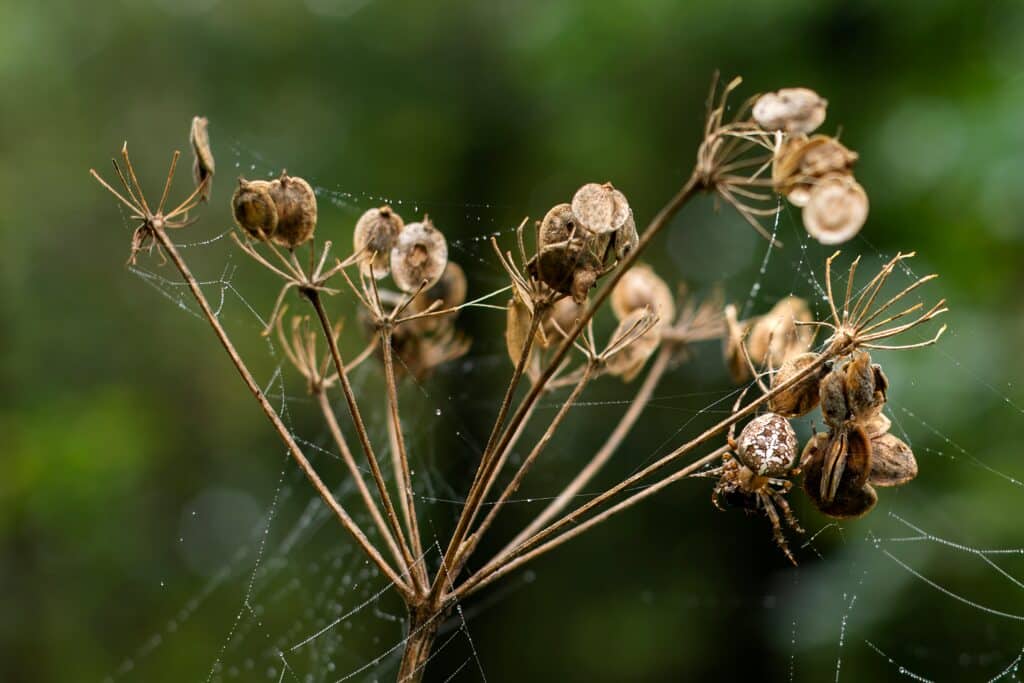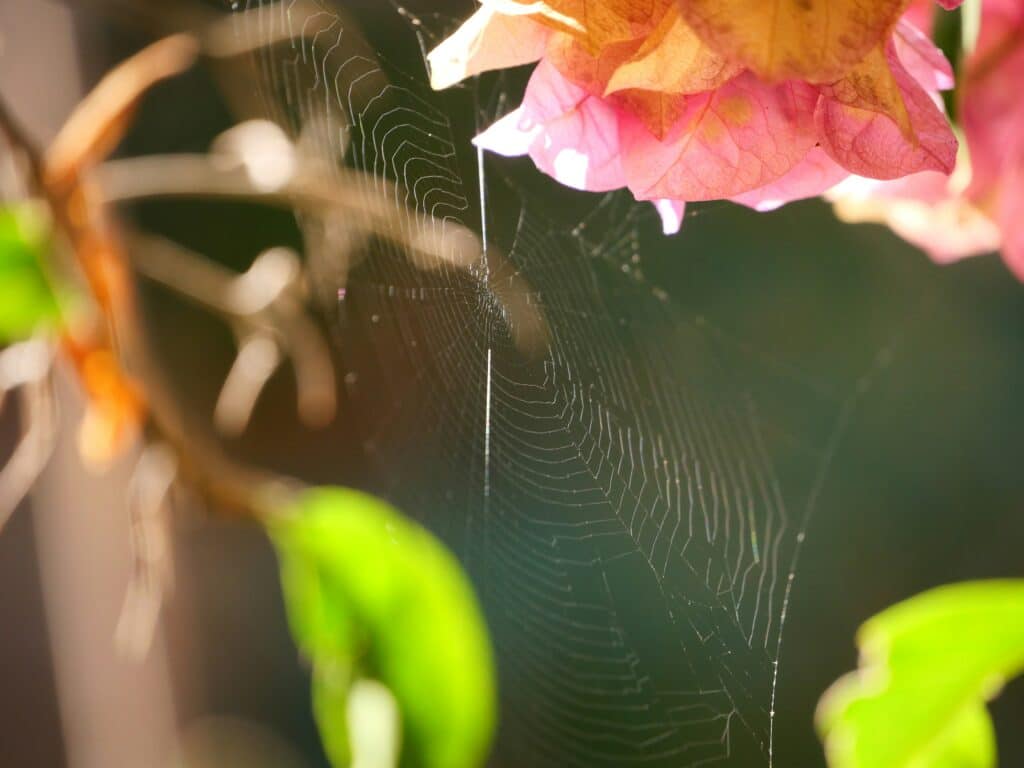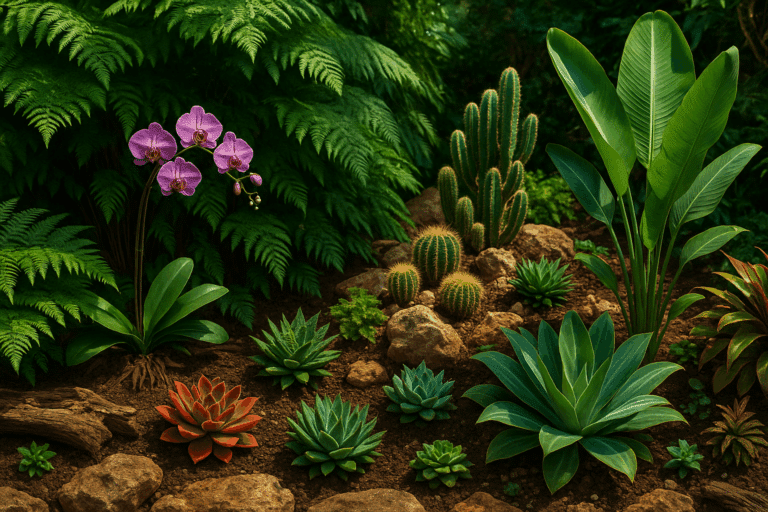This spectacular houseplant, recognized for its adaptability and resilience, is a green-thumb’s delight. With the ability to thrive in diverse conditions and demanding minimal maintenance, it has been fondly labelled as “easy to grow, hard to kill”. In this guide, we will unravel the ins and outs of owning, growing and caring for a Spider Plant hanging basket.

Within the verdant lushness of this guide, you will learn about the basic requirements for nurturing a Spider Plant. We will delve into the essentials of watering, the significance of the right lighting conditions, soil necessities and temperature preferences. This guide will help unravel the mystery behind the drooping leaves or yellowing foliage, providing practical solutions to common Spider Plant problems.
Further, we will explore the unique aspect of Spider Plant propagation. This plant is renowned for its prolific offshoot production. With simple steps, you can convert these offshoots, also known as ‘pups’, into entirely new plants. Be it for a novice plant parent or a seasoned gardener, the Spider Plant hanging basket is a delightful addition to any indoor green space. So let’s dive into the fascinating world of this spectacular plant and watch your indoor garden thrive with green goodness.
Understanding the Spider Plant
The Spider Plant, scientifically known as Chlorophytum comosum, is a popular houseplant due to its adaptability and resilience. These plants are native to Southern Africa but have been successfully cultivated in a variety of climates worldwide. The name ‘Spider Plant’ is derived from its unique growth habit, where the plant produces arching stolons with small plantlets at the ends that resemble spiders on a web.
Spider Plant’s Main Characteristics
One of the remarkable traits of Spider Plants is their ability to tolerate a wide range of conditions. They can survive in temperatures from 35 to 80 degrees Fahrenheit, and while they prefer bright, indirect light, they can also tolerate low light conditions. The leaves are long and slender, typically green with white or yellow variegation. They are resilient against most common plant diseases and pests, which contributes to their reputation as hardy and easy-to-care-for plants.
Creating a Spider Plant Hanging Basket
A hanging basket is a perfect home for a Spider Plant, thanks to its arching leaves and stolons. Here is a simple step-by-step guide on how to create a Spider Plant hanging basket:
- Step 1: Choose a hanging basket with good drainage. Spider Plants do not like soggy soil.
- Step 2: Fill the basket with a well-draining potting mix. A mix of one part peat moss, one part loamy soil, and one part perlite or coarse sand is ideal.
- Step 3: Place the Spider Plant in the center of the basket and fill around the roots with more potting mix.
- Step 4: Hang the basket in a spot where the plant will receive bright, indirect light.
- Step 5: Water the plant thoroughly, then allow the soil to dry out before watering again.
Maintenance of Your Spider Plant Hanging Basket
Maintaining a Spider Plant in a hanging basket is straightforward. Water the plant thoroughly, then allow the top inch of soil to dry out before watering again. The plant prefers a humidity level of about 40 to 50 percent, which can be achieved by misting the plant with water or placing it near a humidifier.
Spider Plants: Hard to Kill
One of the reasons Spider Plants are popular among novice and experienced gardeners alike is their resilience. They can bounce back from a variety of common plant problems, including under-watering, over-watering, and low light conditions. They are also resistant to most common houseplant pests and diseases.

Reviving a Wilted Spider Plant
If a Spider Plant wilts or turns brown, it’s often a sign of over-watering or insufficient light. To revive a wilting plant, cut back on watering, move the plant to a brighter location, and ensure the potting mix is well-draining. With these adjustments, a Spider Plant can often recover quickly.
Benefits of Spider Plants
Beyond their visual charm and effortless maintenance, Spider Plants contribute significantly to improving the indoor environment. They are not only attractive but also serve as functional green allies in your living or working space.
Natural Air Purifiers for Better Breathing
Spider Plants are among a select group of houseplants known for their air-cleaning abilities. According to NASA’s Clean Air Study, Spider Plants effectively remove toxins such as formaldehyde, carbon monoxide, benzene, and xylene from the air. These volatile organic compounds (VOCs) are commonly emitted by household products including cleaning supplies, furniture, and building materials.
By absorbing these toxins through their leaves and roots, Spider Plants help to purify the air, making it cleaner and healthier to breathe. This makes them particularly useful in homes with limited ventilation or in urban environments where air quality may be compromised.
Increasing Humidity Naturally
As part of the transpiration process, Spider Plants release moisture into the air through their leaves. This natural humidifying effect can help reduce dryness in indoor environments, especially during colder months when heating systems can make the air arid.
Increased humidity can benefit your skin, respiratory system, and even furniture and wooden floors that might otherwise suffer from overly dry conditions. A cluster of healthy Spider Plants in a room can contribute noticeably to overall indoor moisture levels.
The Role of Spider Plants in Mental Wellness
The benefits of Spider Plants are not limited to physical health. Their presence in indoor spaces has also been linked to improvements in emotional and psychological well-being.
Stress Reduction and Relaxation
Spending time in green environments, even those created indoors with houseplants, has been shown to lower stress levels. The soft, arching foliage of Spider Plants creates a soothing visual experience. Their variegated leaves reflect light in interesting ways, bringing life and movement to the surroundings without being overly demanding or flashy.
Just a few minutes a day spent watering, misting, or observing your Spider Plant can provide a calming break from screen time and hectic routines. This mindful engagement can promote a sense of calm, reduce anxiety, and even support better sleep habits.
Boosting Productivity and Focus
In office settings or home workspaces, the presence of plants like the Spider Plant can enhance focus and productivity. Studies have indicated that indoor plants help to reduce mental fatigue and increase attention span, making them ideal companions for workstations and study areas.
Adding a Spider Plant to a desk or shelf near your working area can create a more inviting, inspiring environment that supports both creativity and concentration.
Propagation as a Creative and Rewarding Hobby
One of the most delightful features of Spider Plants is their ability to produce abundant offshoots, or “pups,” which dangle from long stems extending from the mother plant. These pups are miniature versions of the adult plant and can be easily propagated into new Spider Plants.
Step-by-Step Guide to Spider Plant Propagation
- Wait until the plantlet has several roots or root nubs.
- Gently cut the pup away from the stolon (the horizontal stem that connects it to the main plant).
- Place the plantlet in a glass of water or directly into a small pot with moist soil.
- Keep it in a warm, bright location but out of direct sunlight.
- In two to four weeks, the roots should be well established. Transplant to a permanent pot when the roots are strong enough.
Propagation is not just a practical way to grow your plant collection—it is also a rewarding activity that allows you to share greenery with friends and family. Spider Plant babies make thoughtful gifts and offer a sustainable way to expand your indoor garden.
Ideal Locations for Spider Plants in Your Home
Thanks to their adaptability, Spider Plants can be placed in a variety of indoor locations. Their visual appeal and flexible care requirements make them a top choice for adding greenery without rearranging your whole living space.
Bright Kitchens and Dining Areas
Spider Plants do well in areas with plenty of indirect light. Hanging baskets near kitchen windows or set on a shelf above the counter can bring a fresh, lively feel to one of the most used spaces in the house. Their arching foliage contrasts beautifully with structured cabinetry and appliances.
Living Rooms and Hallways
The Spider Plant’s elegant form makes it an excellent candidate for living room corners, near bookcases, or on plant stands. Their gentle movement and light-catching leaves bring softness and character to larger communal spaces.
Bathrooms with Natural Light
Spider Plants enjoy a moderate level of humidity, which makes them well-suited to bathrooms with windows or skylights. Hanging a Spider Plant in a bathroom corner adds a spa-like feel and benefits from the naturally humid conditions created by showers and baths.
Bedrooms and Study Areas
A Spider Plant hanging basket in a bedroom or study can improve air quality while adding visual warmth. These locations also benefit from the plant’s stress-reducing and mood-enhancing qualities.
Styling Spider Plants in Hanging Baskets
While Spider Plants can be grown in standard pots, hanging baskets offer a unique opportunity to showcase their cascading growth habit. The long, arching stolons naturally drape downward, creating a stunning waterfall effect when suspended from the ceiling or wall brackets.
Selecting the Right Basket
Choose a hanging basket that is lightweight, well-ventilated, and has good drainage. Coconut fiber liners are often used for their breathability and natural aesthetic, though plastic-lined baskets with drainage holes work well too.
Mounting the Basket
Make sure to use a secure hook and anchor system suitable for the weight of your basket when filled with soil and water. Consider placing the basket near a window where the plant will receive bright, indirect light. Adjustable chains or macramé hangers can help fine-tune the height and presentation.
Combining with Other Plants
For a dynamic vertical garden, consider grouping several hanging baskets with complementary plants like pothos, ferns, or trailing philodendrons. The Spider Plant’s variegated leaves mix beautifully with solid green foliage, creating texture and contrast.
Seasonal Considerations for Spider Plants
Spider Plants are relatively low-maintenance year-round, but understanding their seasonal needs can help you fine-tune your care routine.
Spring and Summer
This is the active growing season for Spider Plants. During this time, increase watering slightly and fertilize monthly with a balanced, water-soluble houseplant fertilizer. This is also the best time for propagation, as new pups are more likely to root successfully during warmer months.
Autumn and Winter
Growth slows during the cooler months, so reduce watering frequency and avoid fertilizing. Keep the plant away from cold drafts and monitor for signs of stress, such as leaf tip browning. If needed, mist occasionally or use a humidifier to maintain comfortable moisture levels in the air.
Troubleshooting Common Spider Plant Issues
Even with its hardy reputation, the Spider Plant can encounter minor problems. Fortunately, most are easily resolved with small adjustments.
Leaf Curling: Usually due to underwatering or low humidity. Water consistently and increase humidity as needed.
Brown Tips on Leaves: Often caused by fluoride or chlorine in tap water. Use distilled or filtered water and maintain moderate humidity.
Yellow Leaves: A sign of overwatering or poor drainage. Let the soil dry out between waterings and ensure the pot allows excess water to escape.
Pests: While rare, Spider Plants can attract aphids, mealybugs, or spider mites. Treat infestations early with insecticidal soap or neem oil and isolate affected plants until they recover.
Conclusion
In conclusion, the Spider Plant Hanging Basket encapsulates the perfect balance of aesthetics and hardiness, making it an ideal choice for both novice and seasoned gardeners. Its remarkable resilience paired with its simple yet elegant aesthetic appeal offers a unique blend that makes it a ‘Green Thumb Approved’ houseplant. It is not only pleasing to the eyes but also hard to kill, which makes it a favorite among many.
With its easy-to-grow nature and low maintenance requirements, it is a perfect way to add a touch of greenery to your indoor spaces without the worry of complicated plant care routines. As it thrives in various conditions, it provides flexibility for placement within your home or office. Its air-purifying qualities are an added benefit that contributes to a healthier living environment.
Remember, the Spider Plant Hanging Basket is more than just a plant; it is a testament to the beauty that lies in nature’s simplicity. So, whether you’re a seasoned plant parent or a newbie, this hardy plant is sure to bring joy and life into your spaces. 🌿🏡💚
This is a plant that guarantees success and rewards your efforts with lush, green foliage. Embrace the Spider Plant Hanging Basket – an emblem of endurance and grace in the plant world.



